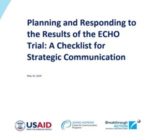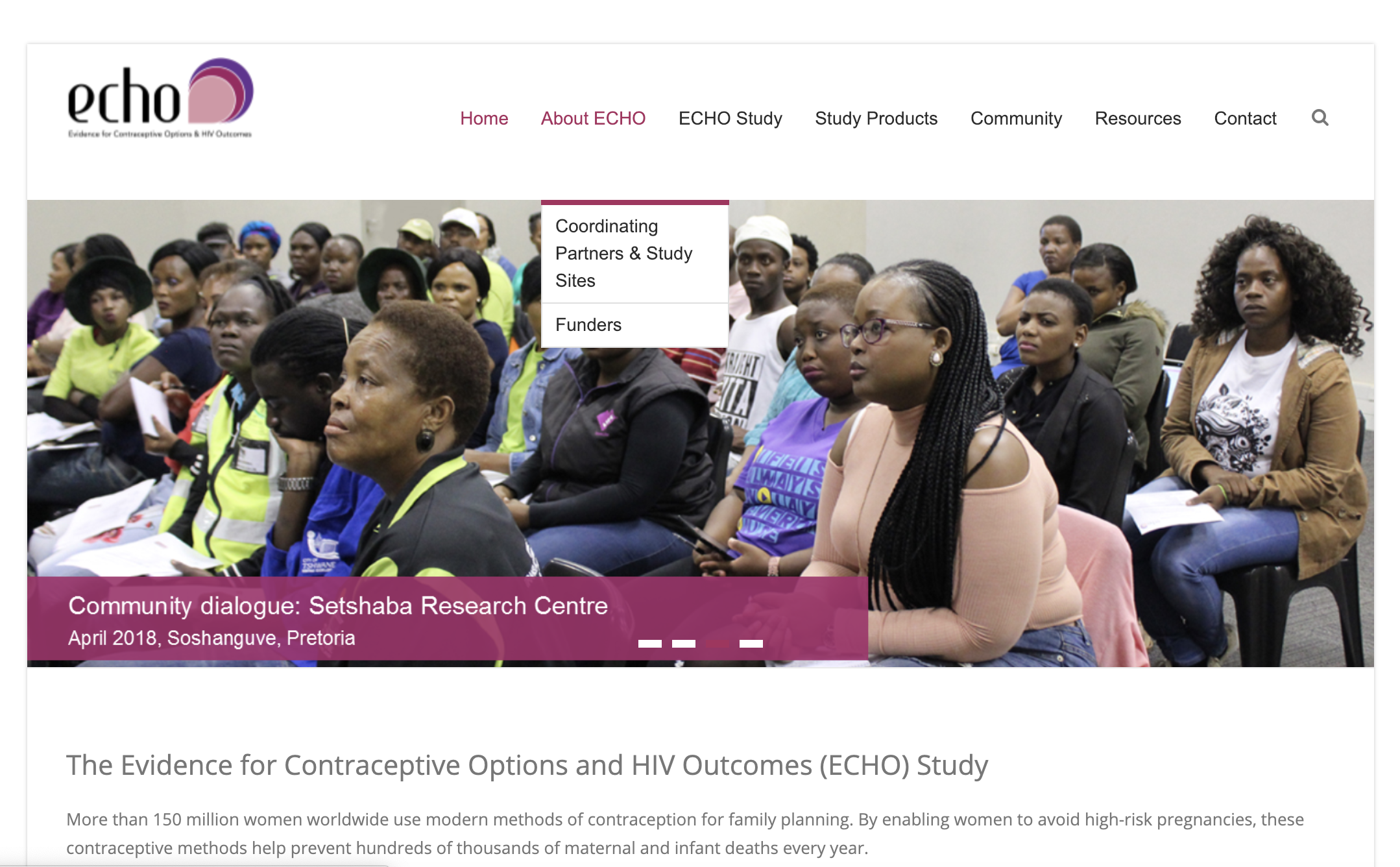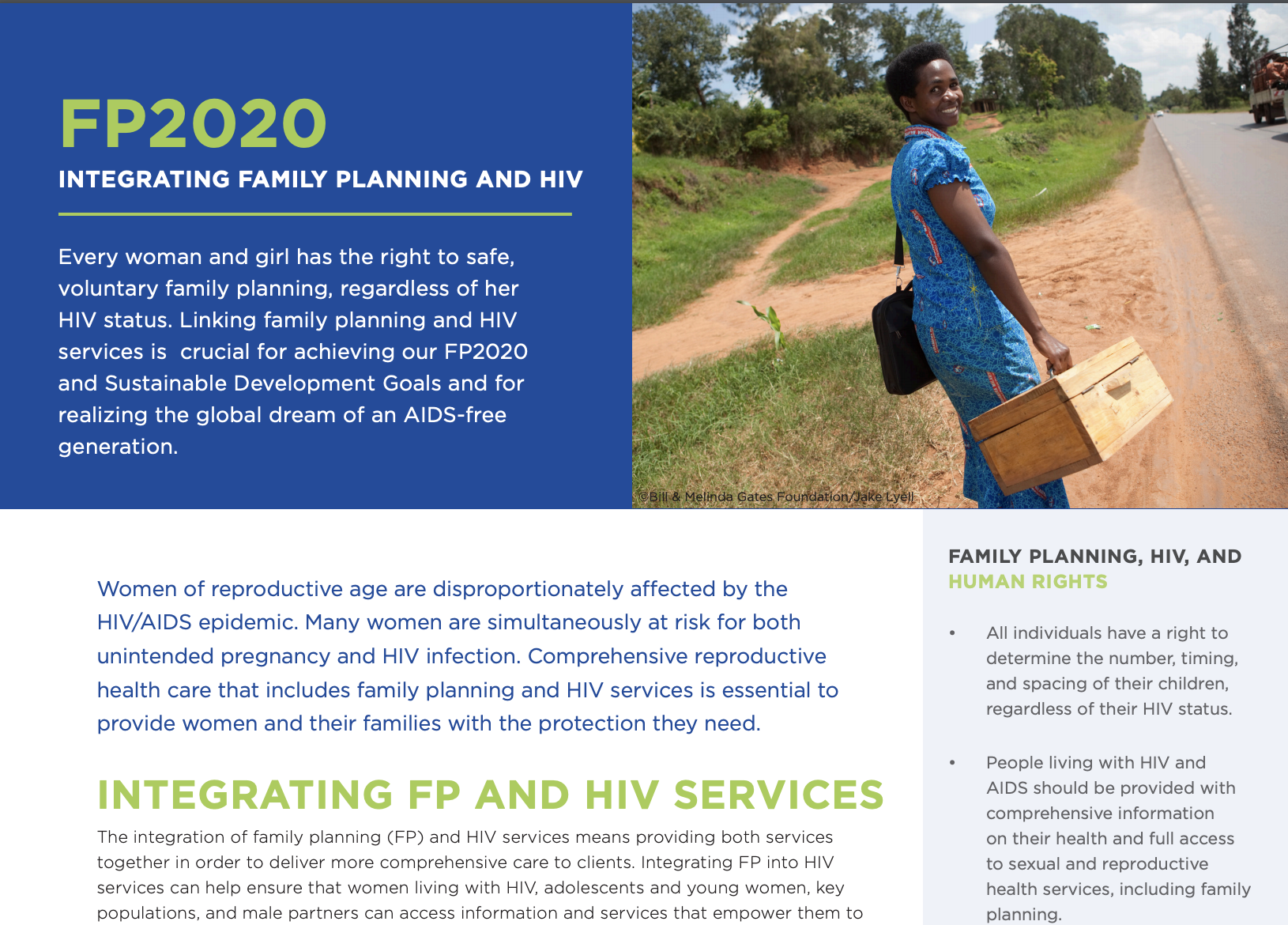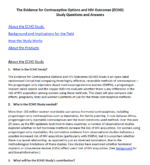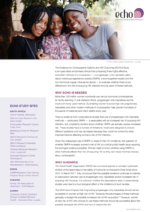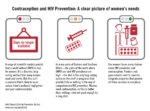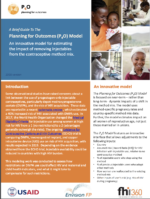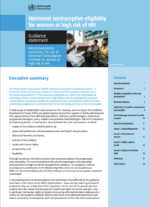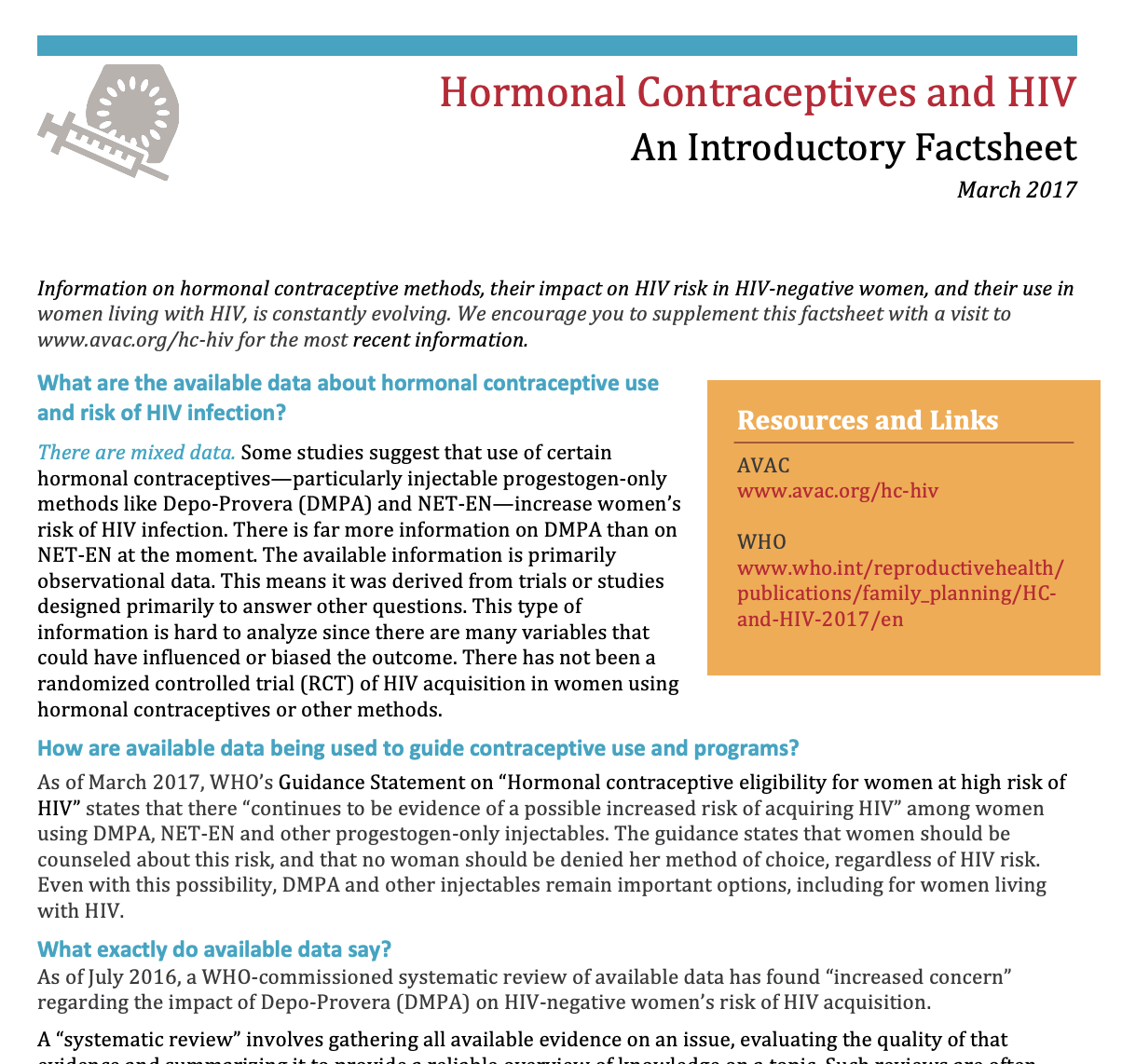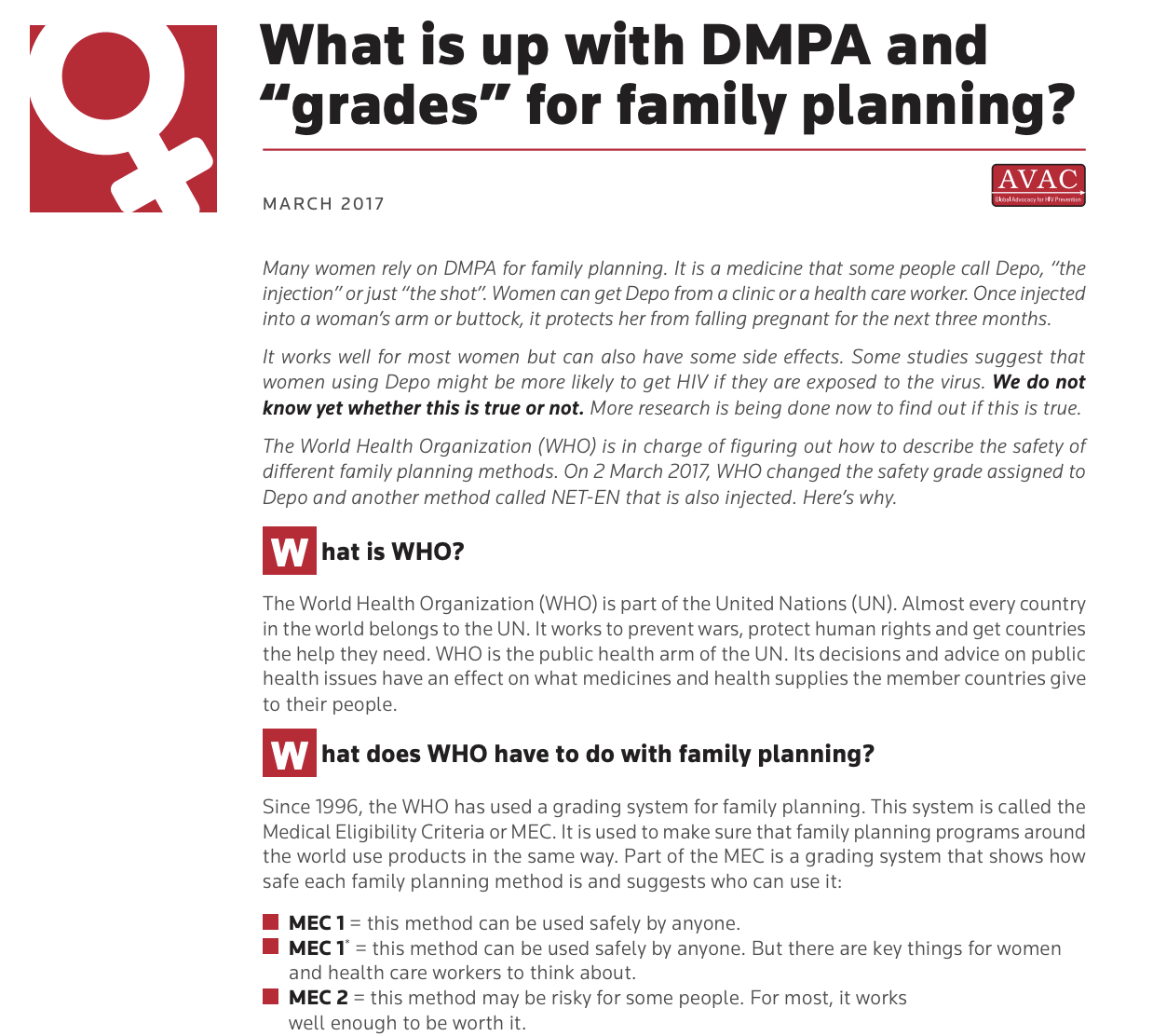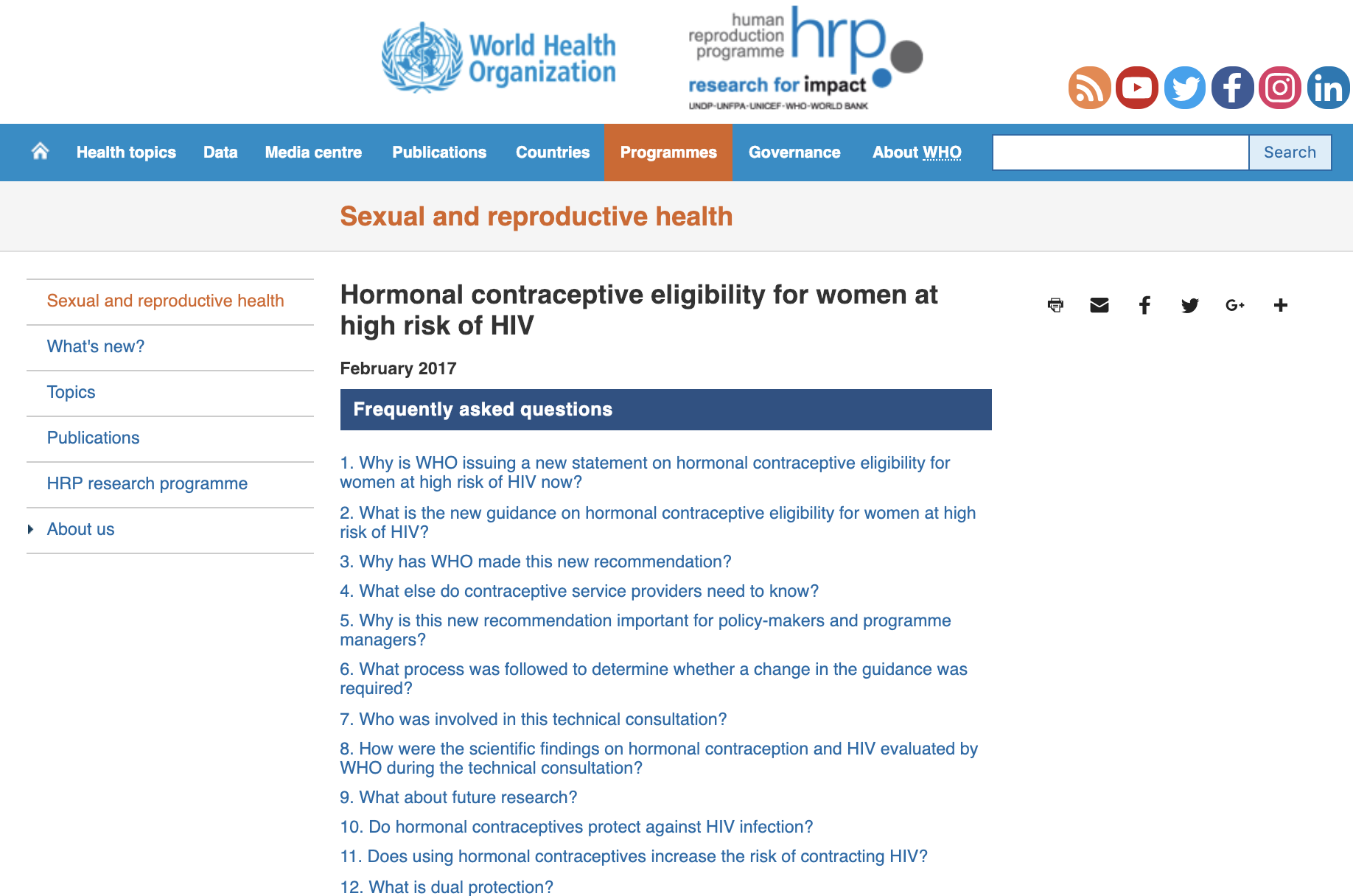For Journalists
Journalists have a critical role in covering the ECHO Study results. This page includes the latest news, key resources, and a calendar of events for reporters, writers, and influencers to get up-to-date information and tell a complete story about the ECHO Study, hormonal contraception, and HIV acquisition.

Key Resources
Resources are ordered by date, most recent first.
Media Contacts
If you are a member of the media and would like to speak with someone from our organizations, please see the contacts below.
ECHO Study
Rue Rushwaya
RRushwaya@wrhi.ac.za
AVAC
Mitchell Warren
Executive Director
mitchell@avac.org
+1 914 661 1536
Kay Marshall
Media Consultant
kay@avac.org
+1 347 249 6375
Family Planning 2020
Tamar Abrams
Communications Director
tabrams@familyplanning2020.org
Recent HIV and Hormonal Contraception News
- Feed has no items.
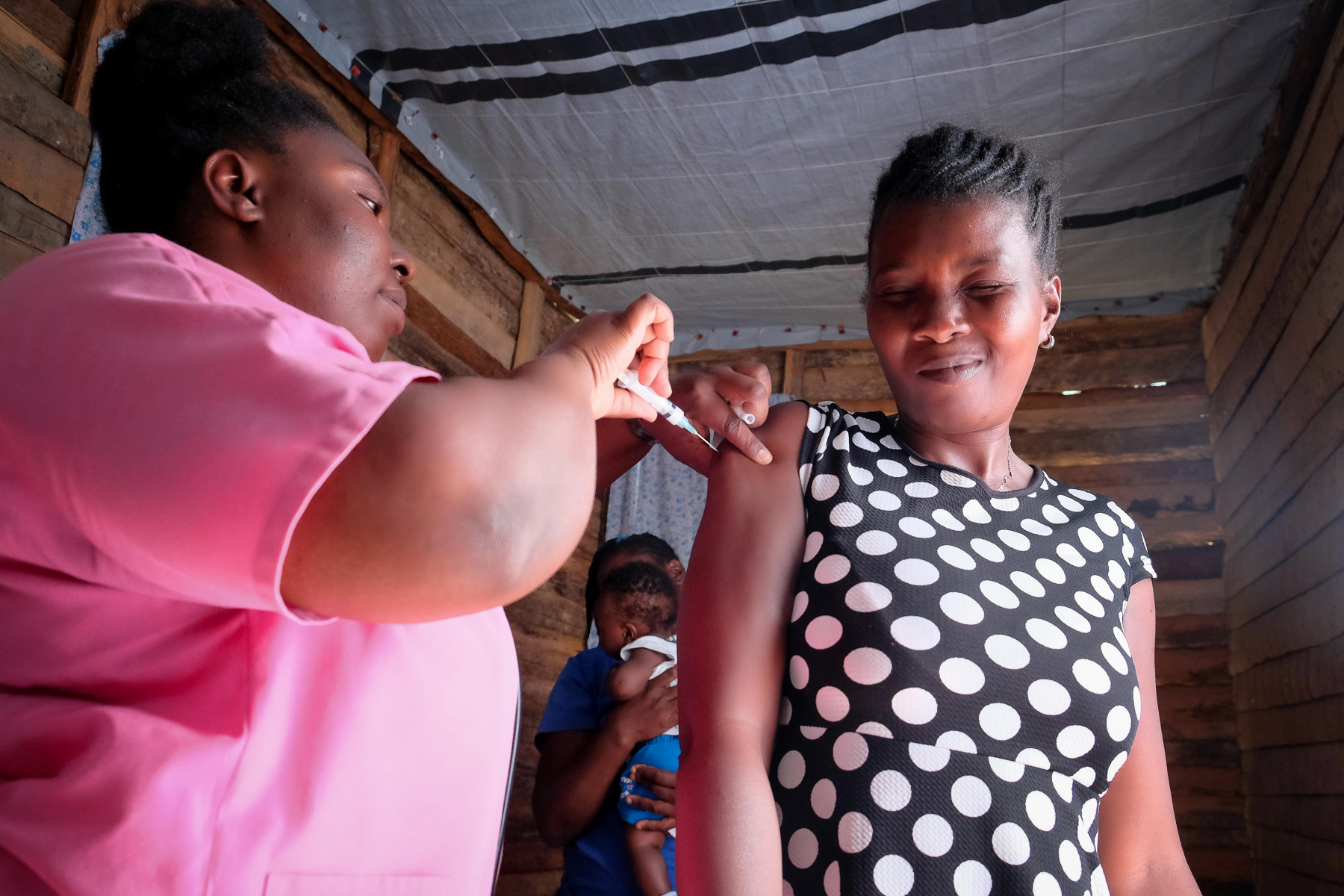
Photo Bank
The Results 4 Informed Choice Photo Bank is an effort to provide users with ready access to relevant and appropriate images for communication and advocacy around the ECHO trial. The collection includes photos from actual international health and development work related to HIV, family planning, education, counseling, and contraception in a variety of contexts. Some photos are available for direct download - please ALWAYS credit photographers, regardless of the format of your materials.
Photoshare is an editorial photography collection focused on global public health and development issues in low- and-middle income countries. Photoshare images must be used in a context that fairly represents the situation, subject identity, and physical location of the images. Images may not be stored for future unspecified use. Proper attribution is required. All other Photoshare images outside of the Results 4 Informed Choice Photo Bank are only available exclusively for nonprofit educational use. Read more about Photoshare's Terms of Use and Photographer Agreement
Other Helpful Resources
- Check out a timeline of key events
- Browse abstracts from peer-reviewed journal articles
- Explore the country snapshots for key data on HIV and contraception.
- Search the materials database for additional materials and tools

